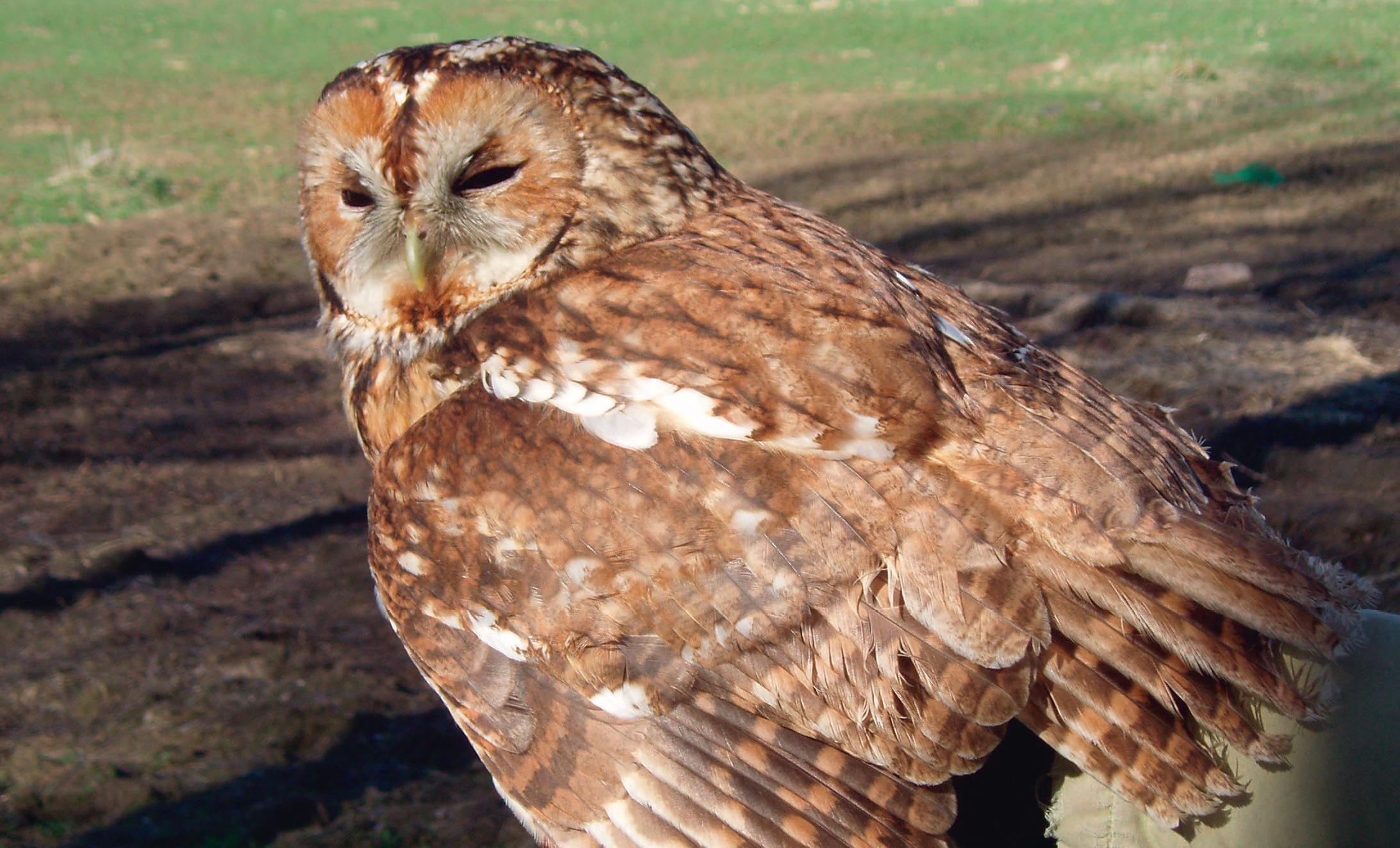Häckningsbiologin hos en population av kattuggla Stix aluco i sydvästra Sverige - en femtonårig studie
DOI:
https://doi.org/10.34080/os.v24.22563Nyckelord:
häckningsframgång, predator–bytesinteraktion, kullstorlek, rovfågel, holk, interaktion mellan predator och byteAbstract
The breeding biology of the Tawny Owl Strix aluco was studied during 15 years in a 1,000 km2 area in south-western Sweden. The owls were breeding in c. 170 nest boxes, one in each of a potential territory. Occupancy rose from less than 20% in the first years to better than 50% in most of the later years. During the first years most nest boxes were relocated to sites within the territories that we considered to be of better quality. Absence of any increase in 48 high quality control territories indicates that the relocations were important for increasing population size. Nesting success was positively correlated with population density. This unexpected result could regrettably not be analyzed in relation to food abundance as we estimated food abundance by the number of prey found in nests. Bank vole, field vole and wood mice were the most predominant prey. All these three taxa had a peak in 2010 when owl density also peaked. The mean brood size was 2.3 young, similar to that in other European populations.
Nedladdningar

Downloads
Publicerad
Referera så här
Nummer
Sektion
Licens
Författaren/författarna innehar copyright för varje enskilt bidrag, men samtliga bidrag är publicerade under en Creative Commons-licens, så att vem som helst kan dela och återanvända bidraget förutsatt att copyright-innehavaren erkänns.







